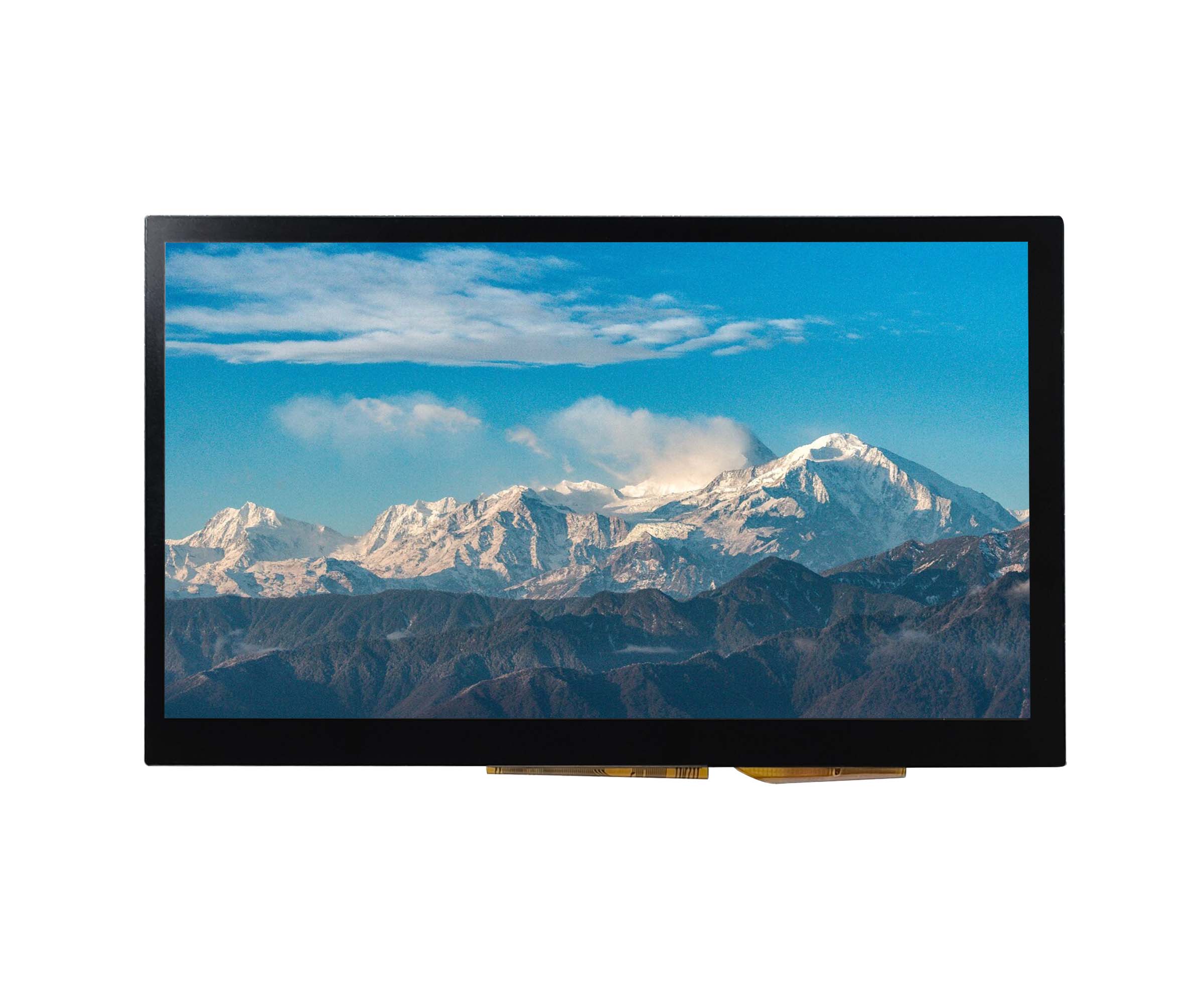Copyright © 2020-2021 Shenzhen CDTech Electronics LTD. All rights reserved. Site Map Powered by iwonder.cn

display / touch / bonding solutions

display / touch / bonding solutions
In today’s technology-driven world, LCD (Liquid Crystal Display) technology is an integral part of our daily lives. From televisions and smartphones to industrial control panels and vehicle dashboards, LCD screens are used everywhere. However, not all LCD displays are created equally. Consumer LCD displays are designed for general-purpose use, focusing on aesthetic appeal, convenience, and vibrant visuals, while industrial LCD displays are engineered for specific applications demanding durability, reliability, and performance in extreme conditions.
This article will explore the key differences between industrial and consumer-grade LCD displays and how these distinctions influence their applications. Whether your business requires displays for factory floors, public kiosks, or medical equipment, understanding these differences can help you make informed decisions.
Industrial LCD displays are built with robust materials to withstand harsh environmental conditions such as extreme temperatures, moisture, dust, and even physical impact. This is essential for settings like factory floors, outdoor digital signage, and transportation displays, where displays are constantly exposed to environmental stressors.
Extended Temperature Range: Industrial LCDs often function effectively between -30°C and 85°C, compared to consumer LCDs that are limited to moderate, indoor temperatures.
Rugged Enclosure: Many industrial displays feature reinforced housings with protective coatings that shield against dust, moisture, and impact.
Vibration and Shock Resistance: Industrial LCDs include reinforced mounts and internal components that reduce the impact of vibration and shock, making them ideal for transportation and heavy machinery environments.
These features enable industrial LCDs to provide reliable performance in challenging settings, extending their operational lifespan and making them suitable for high-demand applications.

Industrial displays are intended for long-term use with minimal risk of obsolescence. Manufacturers often ensure product availability for 5-10 years, making it easier for businesses to access replacement parts and support when needed.
Consistent Parts Availability: Industrial displays come with long-term support from manufacturers, reducing the hassle of sourcing compatible parts over time.
Cost-Efficiency and Reduced Downtime: With a durable design and guaranteed component availability, industrial LCDs save on replacement costs and minimize operational disruptions.
Compatibility with Legacy Systems: Industrial-grade LCDs are compatible with legacy systems, making it easier to integrate them into existing equipment without requiring major upgrades.
In contrast, consumer LCD displays are generally replaced every few years due to rapidly evolving technology trends, which may be acceptable for personal use but impractical for industries requiring continuity and stability.
Image quality is crucial for both industrial and consumer LCDs, but the emphasis differs. While consumer LCDs focus on high resolution, color vibrancy, and aesthetic appeal for indoor environments, industrial displays prioritize visibility and readability, even under harsh lighting.
High Brightness Levels: Many industrial displays exceed 1000 nits for high visibility in bright or outdoor environments, making them suitable for sunlight-readable applications.
Enhanced Contrast and Anti-Glare Coatings: Industrial LCDs often feature contrast-enhanced screens with anti-glare coatings, allowing clear data visibility in challenging conditions like direct sunlight or glare-prone settings.
Wide Viewing Angles: Technologies like IPS (In-Plane Switching) are common in industrial LCDs to provide consistent image quality from various angles, which is beneficial in control rooms or factory floors where multiple operators view the screen simultaneously.
These visual optimizations make industrial LCDs ideal for outdoor kiosks, transportation information displays, and factory control panels where readability in different lighting is essential.
Industrial LCDs offer customizable features that can be tailored to the specific needs of industries. From touch screen compatibility (supporting glove usage) to specialized connectors, industrial displays provide flexibility that consumer LCDs lack.
Touchscreen Compatibility: Industrial LCDs offer capacitive and resistive touch screens that allow operators to interact with the display even while wearing gloves, enhancing usability in settings like manufacturing or healthcare.
Backlight Adjustments and Sunlight Readability: Industrial displays often have adjustable backlighting to support usage across indoor and outdoor applications, sometimes with sensors for automatic brightness adjustments based on ambient light.
Specialized Connectors and Mounting: Unlike consumer displays, industrial LCDs may include specialized connectors and mount options that allow them to integrate seamlessly into equipment like medical devices, kiosks, and vehicle-mounted systems.
These advanced features make industrial LCDs adaptable to various applications, enhancing their reliability and ease of use in environments requiring customized solutions.

Industrial LCD displays are employed in numerous applications across various industries, each benefiting from the displays’ ruggedness and specialized features:
Transportation: Used in public transport systems for route displays and real-time updates, where durable, sunlight-readable screens are essential.
Manufacturing and Automation: Deployed on production lines for monitoring and controlling machinery, providing reliable, touch-friendly interfaces for operators.
Healthcare: Incorporated in medical equipment like patient monitors and diagnostic devices, where accuracy and reliability are vital for displaying critical data.
Outdoor Digital Signage: Essential for kiosks, ATMs, and other outdoor signage where weather resistance and high brightness are required for readability in all lighting conditions.
In each of these industries, the durability, longevity, and adaptability of industrial LCD displays make them indispensable for environments where performance under challenging conditions is critical.
While consumer LCD displays are suited for everyday use in controlled environments, industrial LCD displays excel in demanding settings due to their rugged design, extended lifespan, optimized visibility, and customization options. From manufacturing floors to public transportation, industrial LCDs provide reliable performance, ensuring that businesses can operate efficiently in even the harshest conditions.
As a leading supplier of industrial LCD displays and touch screen solutions, CDTech offers a range of standard and customized options to meet specific industrial needs. Whether your project requires high durability, enhanced readability, or advanced touch capabilities, CDTech's expert team can develop a tailored solution to support your industry requirements. For businesses seeking reliable, high-performance displays, CDTech provides the expertise and products to help you find the ideal display solution.
By continuing to use the site you agree to our privacy policy Terms and Conditions.